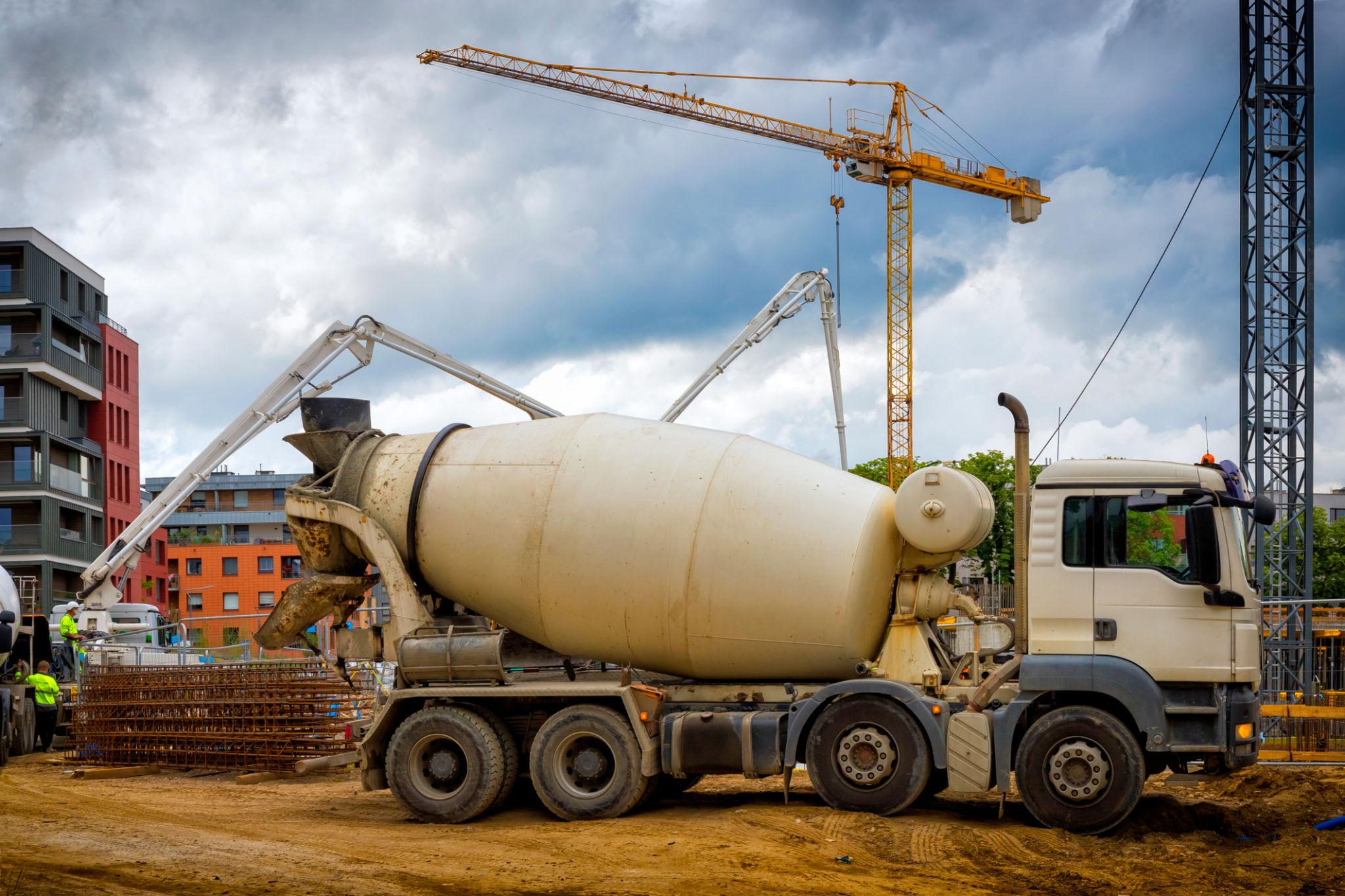What is ready mix concrete, and what are the advantages and disadvantages?

What is ready mix concrete?
Ready mix concrete (RMC) is concrete that is manufactured in a factory or batching plant according to a set recipe and then delivered to a worksite by truck. Ready-mixed concrete is often preferred over on-site concrete mixing because it is more convenient, less labour-intensive, and produces less dust and noise pollution.
However, ready mix concrete also has its disadvantages. Because RMC is transported by truck, it can be expensive to deliver to remote or hard-to-reach sites. In addition, RMC can sometimes be of lower quality than concrete mixed on-site. When choosing whether to use ready mix concrete or on-site concrete mixing, consider the cost of delivery, the quality of the final product, and the labour required.
Ready mix concrete vs on-site concrete mixing: convenience, cost, quality, labour.
Ready mix concrete is a type of concrete manufactured in a factory or batching plant according to a set recipe and then delivered to a worksite by truck-mounted transit mixers. This results in a precise mixture, allowing for quality control and consistent performance.
When choosing between ready mix concrete and on-site concrete mixing, it is important to consider convenience, cost, quality, and labour. If time is of the essence, then ready mix concrete may be the best option. However, on-site concrete mixing may be more economical if cost is a major concern. Ultimately, the decision should be based on carefully evaluating the specific project requirements.
On-site concrete mixing is the traditional way of preparing concrete, and it is generally more labour-intensive than ready mix concrete. On-site concrete mixing also allows for more control over the quality of the concrete, as the ingredients can be carefully monitored and controlled.
Advantages of ready mix concrete
Ready mix concrete is also more environmentally friendly than on-site concrete mixing. On-site concrete mixing often generates a lot of dust, which can harm the environment. Ready mix concrete is delivered in a truck, so there is no on-site mixing or dust generation. Additionally, ready-mix concrete plants are typically located near construction sites, so there is less need for transportation and associated emissions.
While on-site concrete mixing requires more manual labour, it does have some advantages over ready mix concrete. One advantage is that on-site concrete mixing generally produces a higher quality product. This is because the ingredients can be more carefully monitored and controlled when mixed on-site. Additionally, on-site concrete mixing allows for greater flexibility in terms of timing and location.
Overall, ready mix concrete has several advantages over on-site concrete mixing, including being less labour-intensive, more time-saving, and more environmentally friendly. However, ready mix concrete can be more expensive to deliver, and the quality of the concrete may not be as high as on-site concrete mixing. When choosing between the two methods, it is important to consider convenience, cost, quality, and labour.
Disadvantages of ready mix concrete
There are a few disadvantages of using ready mix concrete, such as:
- The cost of ready mix concrete can be higher than traditional site-mixed concrete.
- There can be a lack of control over the quality of the concrete, as it is not made on-site.
- The transit time from the plant to the construction site can delay the concrete’s use, impacting the project’s timeline.
- There is a risk that the concrete can become segregated if not properly mixed, which can impact the quality of the finished product.
Build today with decofice! Be a part of the revolution in the construction industry.
Read More Blogs – Click Here
Discover the finest Architects, Interior Designers, and Contractors. Partner with top professionals, according to your budget and craft spaces that inspire.
The only construction app that you need. Your journey begins now for the transformation.
Decofice: A Construction app that does it all.
Join the Waitlist Program to Register as a Professional or Seller
If you are not an Architect, Interior Designer, or Contractor, then join the waitlist program.
Reach new clients and grow your business multifold with us.
Build your brand with us and reach new customers.
Share:



